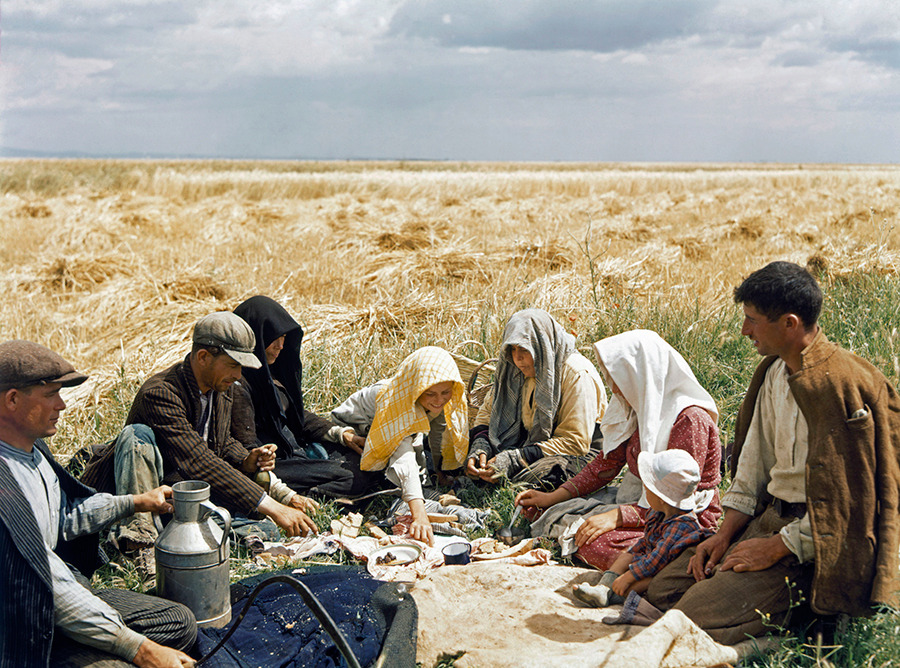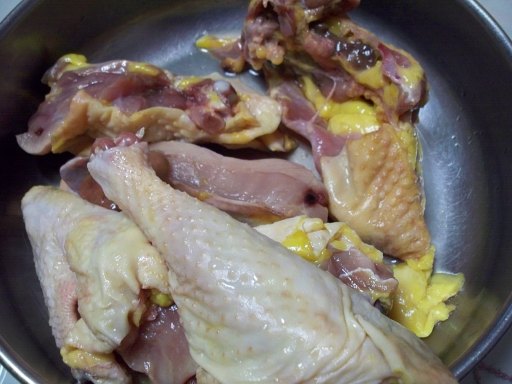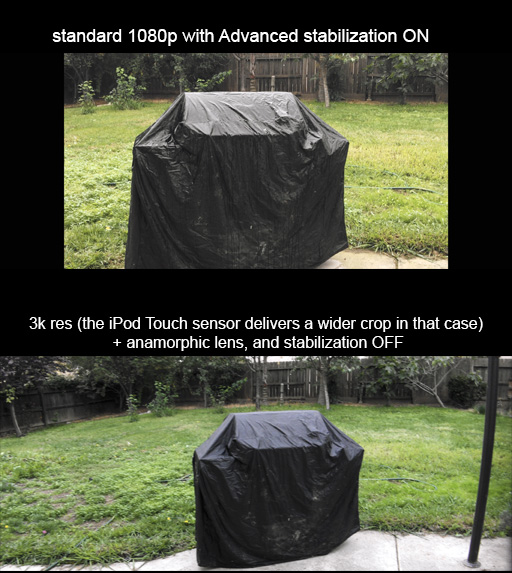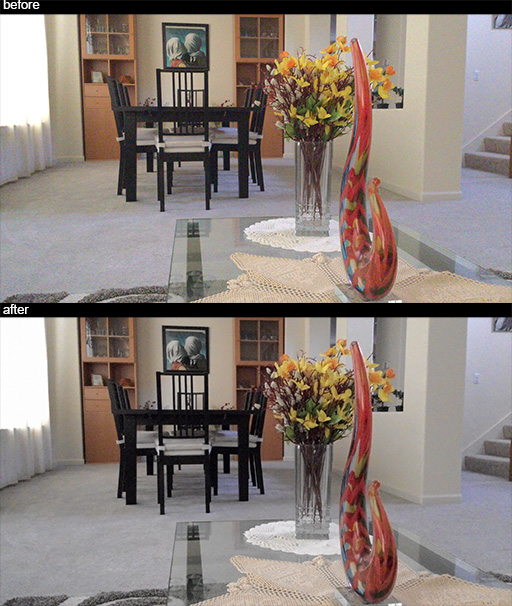I’m Greek. I’ve lived both in rural, mountainous places of mainland Greece (I grew up near the supposed entrance to Hades Underworld no less!), and near-sea towns.
Now that I live in the US, what kind of grinds my gears is when I read about how great the Mediterranean Diet (MD) is. Don’t get me wrong. The Mediterranean Diet is better than most other regular Western diets out there. But the health benefits researchers had seen prior to 1970 in these regions is only partial to the diet. The rest, is lifestyle. It’s a logical fallacy to separate the lifestyle of these people from their diet. Western researchers like to pick and choose elements, so they can easily make their case, but in this case, either they have to represent the whole lifestyle of Mediterranean people, or they need to shut their holes about the MD diet.
And what was that lifestyle? Well, take a peek:
Prior to 1970s, before the Westernized diet also took hold even in rural Greek places, here is a typical day for my grandparents, and my parents (my mother lived 15 years in that lifestyle, right until electricity finally came to these villages in 1971, and my father for 22 years):
– Morning
Wake up in the crack of dawn. Open the chicken’s coop door. Eat some sour milk (similar to kefir) or yogurt (not strained yogurt like FAGE, that’s not truly traditional Greek), or boiled eggs, or cheese & olives and home-made (well-fermented, with OLD variety of wheat) bread for breakfast, along Turkish-style (unfiltered) coffee. In the winter, they’d eat “trahanas”, which looks similar to porridge, but it’s made out of lacto-fermented wheat.
Kids get ready to go to school, father (or older son) will go up to the mountains with the goats/sheep (usually 150-250 animals) and the dogs (usually 2-5), while the mother (& older children) will go down to the valley to work in the fields, or the trees, or in the house’s vegetable garden (each house had one). Going up the mountain is steep, and it takes about an hour to reach the top (they could climb up real fast! — my grandfather was impossibly fast up to the age of 80). The village itself is usually situated in the middle of the mountain, so it takes the same time to either go down to the valley and back up again, or up to the top and down again.

– Midday
Father would go from pasture to pasture with the animals, and at around midday, the goats/sheep will find some shade and sit around at the hottest time of the day. He would eat largely the same thing he ate for breakfast: eggs, feta cheese, olives, bread. After he ate, he’ll sleep for 1 sleep cycle (1.5 hours) under a tree. The dogs would take care of any potential wolf problems.
The mother in the fields will do the same. Eat and sleep, and then restart work. Here’s a picture from National Geographic from the 1940s Thessaloniki wheat fields, eating lunch:

The younger kids would finish school by 1:30 PM and come back home. They’d eat some lite lunch at school (it used to be free up until the early ’80s) and then they come back home and eat some more and then start working around the house: do the laundry by hand, prepare dinner, make some yogurt from scratch, bake bread if required (usually they’d bake bread twice a week), do some homework if they have time etc.
– Afternoon, after 6 PM in the summer, 3 PM in the winter
Father and mother would start to come back home. If it’s the season, and there are young goats/sheep, one of the kids will have to take these out of the stable (usually up to 50 younglings), and go with them to a nearby pasture so they can eat. Young animals can’t make the trip yet with their parents all the way to the top of the mountain, so they get limited pasture-time, nearby only. While at the pasture, the kids will also gather wild vegetables, including dandelion greens, purslane, mustard greens, chicory in the winter, asparagus in April, and amaranth greens in August (in Greece, we never eat the quinoa-like amaranth seeds, we only eat the greens, and ONLY before the plant has flowered/seeded!). In the even older days, there would also search for wild parsnips and other types of veggies from the wild (e.g. centaurea, goosefoot *greens* which is nothing but a European version of quinoa, nettles etc), but since the 1950s and later, when cans/pasta/flour became more available, these were stopped getting picked.
Upon coming home, some food are given to the chickens, and then they will be locked in their little house.
– Evening
The animals are now in the stable. It’s time for milking (in the near-dark, no less). Mother & father will go through the female goats/sheep one by one, while leaving some milk for their babies too. The kids will help by allowing the animals to pass through one by one, so they can be milked.
Then, it’s dinner time. The biggest meal of the day.
It’s usually greens year-round with bread. There are garden veggies & potatoes in the hot months, and (pre-soaked) beans in the winter. Fruits when in season only. Honey a few times a year. In general, all grains & dairy products that consumed are well-fermented. Some would drink raw milk directly from the animals, but this stopped after the 1960s, because that’s when their animals would get mysteriously sick (even if antibiotic shots didn’t start by law before ~1975 — maybe pollution was catching up from the rest of the world in the ’60s in these rural places?).
There will be fish, crawfish or eels twice a week, either by the nearby river, or from salesmen from the nearby sea towns who come with their donkeys once a week (salted fish and shellfish in that case). Sea town people would eat fresh fish from the sea 3-4 times a week instead.
There might be chicken (from their own chickens) once or twice a month or so only. BTW, look below how a TRUE pastured chicken from my grandmother looks like — it looks like duck meat!

When you cook it, the bones are so incredibly white because they have so much calcium! And the meat looks, and tastes like red meat!

There will be red meat, but only once a month. That would be goat mostly, sheep a bit less, pork less often than sheep, and beef very rarely. Because they didn’t have fridges, when someone in the village would slaughter an animal, they would share with other families, so they don’t go bad. When the other families would slaughter one of their own animals, they would share back. In village/religious festivities there would be a bit more meat going around too (usually boiled goat, or lamb on a spit for Easter day). The whole animal was eaten, head to toe. Most of you are aware of liver, heart, kidneys, brains and tongue, but that’s nothing compared to how we eat these animals: we’d also eat the stomach & intestines (in an incredibly good soup, called patsas), the spleen (which tastes something between liver and boiled oysters), thyroid glands, eyes, testicles, and lungs (I’d say, “mushy” lungs are the least yummy part of the offal, with spleen being the yummiest for me). Occasionally, in the winter when they had time away from the fields, they might catch a hare, or a small bird too, with traps. Greece used to have deers, wild boar, pheasants, and many more hares, but these now are mostly gone (over-hunted).
Nuts & seeds were eaten periodically, but not religiously.
Everything was cooked with olive oil, or butter (which was white btw, not yellow).
After dinner, they’d throw scraps to the dogs (and some to outdoor cats), and then everyone would go to sleep. Dogs are sleeping in the stable with the animals (goats/sheep, often donkeys too), chickens in the coop, and cats, only god knows where. And the day starts again anew the next day, even on Sundays (only people who had older children to take care of business they’d have time to go to church). The animals need to eat every day, you see. There was no such thing as “day off”. If you had to leave for a few days (e.g. to visit a doctor in a town), you’d have to ask others in the village to take care of your animals, water the vegetable garden, feed the kids etc.
But fear not, they did have fun, daily. It’s called gossip.
Now, here’s the twist!
Greeks are/were religious. The Greek Orthodox fasting was observed by all. Fasting in Greek Orthodoxy (and in old Catholic church) does not mean “intermittent fasting” (IF). It means: no animal products (except shellfish that were allowed because they contain no blood — although most people would not eat them anyway). Every Monday, Wednesday and Friday, the most religious would be vegan (mostly women, men would remain vegetarian).
However, the whole family would fast without exception, in the three biggest religious celebrations of the year: Christmas, Easter, and Assumption of Mary (August 15th). This means that people would go vegan for 40 days before Christmas, 40 days before Easter, and 15 days before the Assumption of Mary. This means that for 26% of the year, everyone was vegan. For the women who were also fasting weekly, or periodically, that goes to over 40% of the time. And let’s not forget that when they were NOT fasting, they were mostly vegetarian anyway. This means that these people were vegan ~30% of the time (as an average), 55% of the time vegetarian, 10% vegetarian/pescetarian, and only about 5% of the time land meat eaters.
The only Greek people eating a bit more meat (mostly in the form of fish instead of land meat) were the more affluent people in cities.
Most interestingly, in the final week before Easter, olive oil & butter were not consumed either (which means no bread either, since it requires some oil in the recipe). They’d basically just eat veggies (often raw, with raw garlic), fruits, and soaked beans cooked in plain water & sea salt. I guess that part of the fasting is the closest they ever got to raw veganism (minus the cooked beans).
Q: But why was this lifestyle healthier in the Mediterranean than other parts of the world?
A: The lifestyle mentioned above was NOT unique for Mediterranean people. But it proved to be healthier there because of various reasons. Lots and lots of D3 due to being a sunny place, with both seafood and land food in good balance. Civilization thrived from ancient times there because simply, the geography, food, climate all helped out. Not to mention that because of the closed sea and proximity to both Asia and Africa, merchants could bring over fruits or foods not available directly to their region (something not as easily done, as let’s say, in Northern Europe – the fruits would spoil before they could reach these countries). The only other place where people lived a similar lifestyle with plenty of field work, D3 and circadian rhythms, and ate similarly-balanced foods, was Okinawa. And we already know how well these people did before the Western Diet caught up with them too.
Conclusion:
If you want to get the Mediterranean Diet effect, then you need to change everything about your life. It requires huge changes to how you sleep, work, being out in nature all day long away working on your own garden and animals, and be away from pollution/cellphones etc. It’s not just the diet.
I’d go on a limb here and say that if you can’t do everything as well as they did, but you want to come close to their results, you might get some extra push if you ditch grains (except some rice), particularly modern wheat. Their (low gluten, old variety and very fermented) wheat had nothing to do with modern wheat and flours.
![]()











